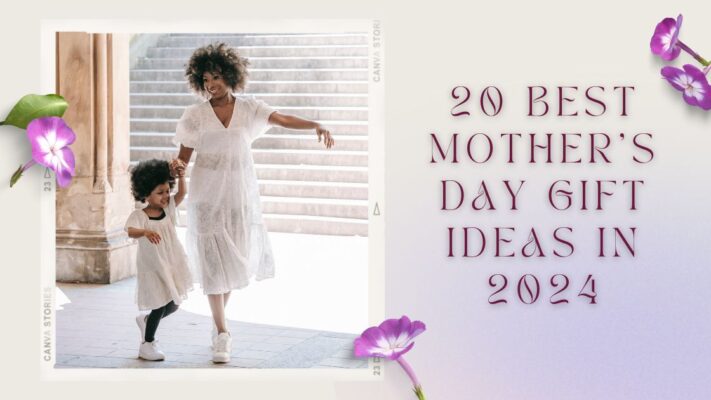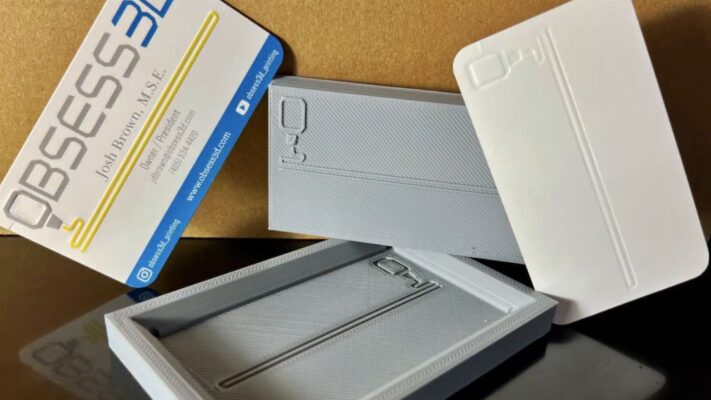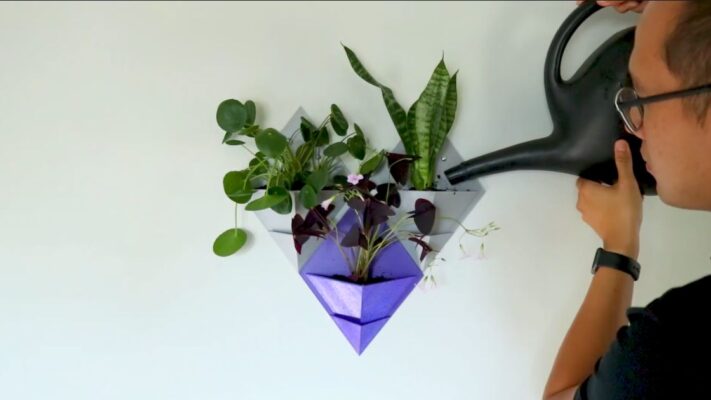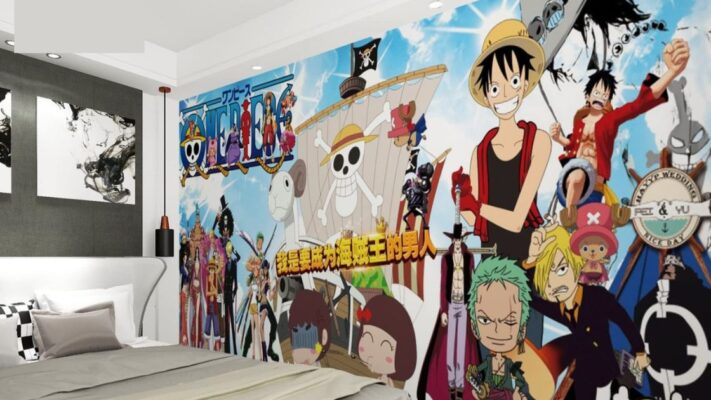Bringing greenery into living spaces not only adds aesthetic appeal but also contributes to improved air quality and overall well-being. Personalized plant pots offer a creative way to showcase plants while adding a touch of personality to interior decor. With the advent of 3D printing technology, designing and producing custom plant pots has become more accessible and customizable than ever before. In this article, we explore how individuals can use 3D printing to create personalized plant pots, from design conceptualization to the finished product.
Contents
What You Need?
- 3D Printer: Select a reliable 3D printer capable of producing intricate and durable prints.
- Filament: Choose PLA or PETG filament in your preferred color for printing the plant pots.
- Design Software: Utilize CAD software like Tinkercad, Fusion 360, or Blender for creating custom pot designs.
- Plant Potting Mix: Select a suitable potting mix tailored to the needs of the plants you plan to grow.
- Plants: Choose a variety of indoor plants that thrive in the selected environment and pot size.
- Paints and Brushes (Optional): Consider using acrylic paints and brushes for adding decorative elements to the finished plant pots.
Designing the Plant Pots
Begin by conceptualizing the design of the plant pots using the chosen design software. Consider factors such as size, shape, texture, and drainage holes to ensure the pots provide optimal growing conditions for the plants. Experiment with different geometric shapes, patterns, and embellishments to create unique and visually appealing designs. Keep in mind the dimensions of the plants and their growth requirements while designing the pots.
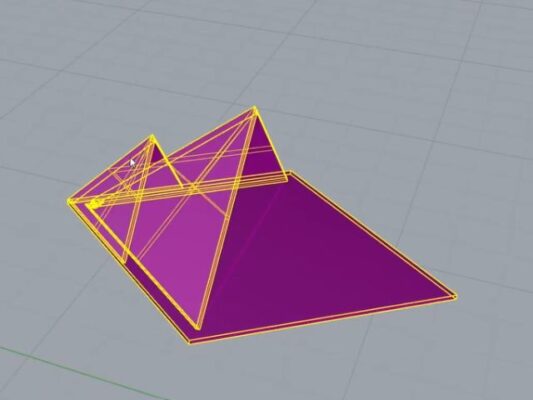
Material Selection
Select PLA or PETG filament based on your desired aesthetics and functionality. PLA offers a wide range of colors and is biodegradable, making it an eco-friendly choice for plant pots. PETG provides durability and resistance to moisture, ideal for long-term use indoors or outdoors.
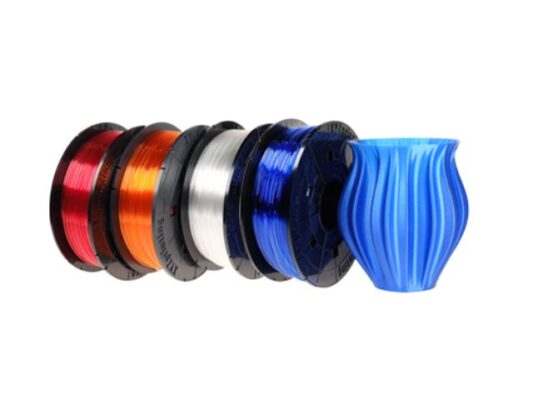
Printing Process
Prepare the 3D printer by calibrating settings such as layer height, infill density, and print speed according to the chosen filament and design complexity. Load the filament into the printer and initiate the printing process. Monitor the print progress to ensure proper adhesion and layer alignment. Depending on the size and complexity of the design, printing may take several hours to complete.
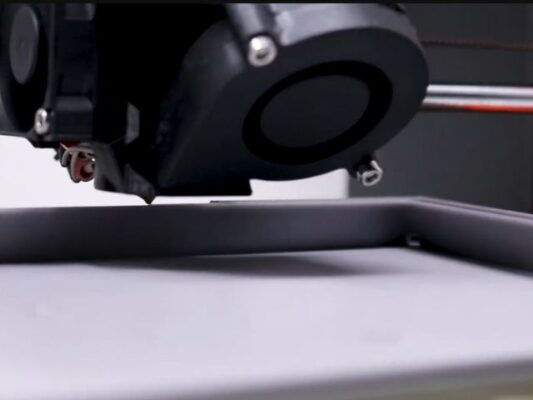
Post-Processing and Finishing
Once the printing is finished, carefully remove the plant pots from the printer and inspect them for any imperfections or rough edges. Use sandpaper or a file to smooth rough surfaces and refine the appearance of the pots. Optionally, apply acrylic paints and decorative elements to add personalized touches to the pots. Ensure that drainage holes are clear and functional for proper water drainage.
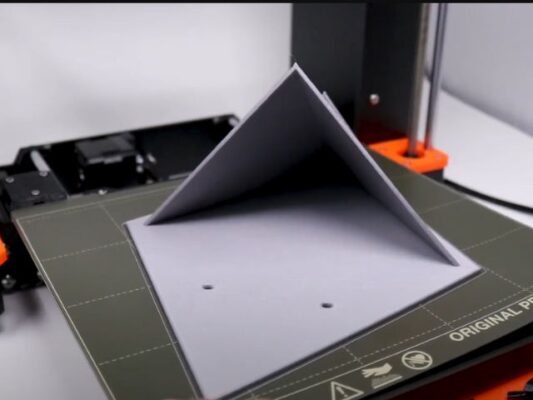
Planting and Display
Once the plant pots are finished and dry, fill them with the selected potting mix and plant the chosen indoor plants. Arrange the personalized plant pots in desired locations within your living space, such as windowsills, shelves, or tabletops, to create visually appealing green spaces. Monitor plant growth and water requirements regularly to ensure healthy growth and vitality.
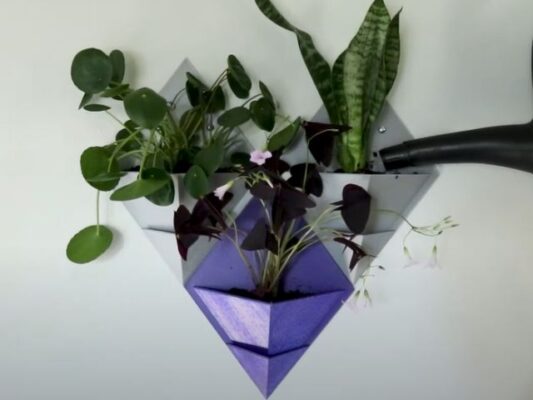
Personalized plant pots created through 3D printing offer a unique opportunity to merge creativity with functionality, allowing individuals to showcase their plants in style. By leveraging digital design tools, materials, and printing techniques, anyone can design and produce custom plant pots that reflect their personality and design preferences. Whether used for home decor, gifting, or personal enjoyment, 3D printed plant pots provide a versatile canvas for expressing individuality while bringing the beauty of nature indoors. With imagination and the right tools, creating personalized green spaces has never been easier or more rewarding.
Related Posts


